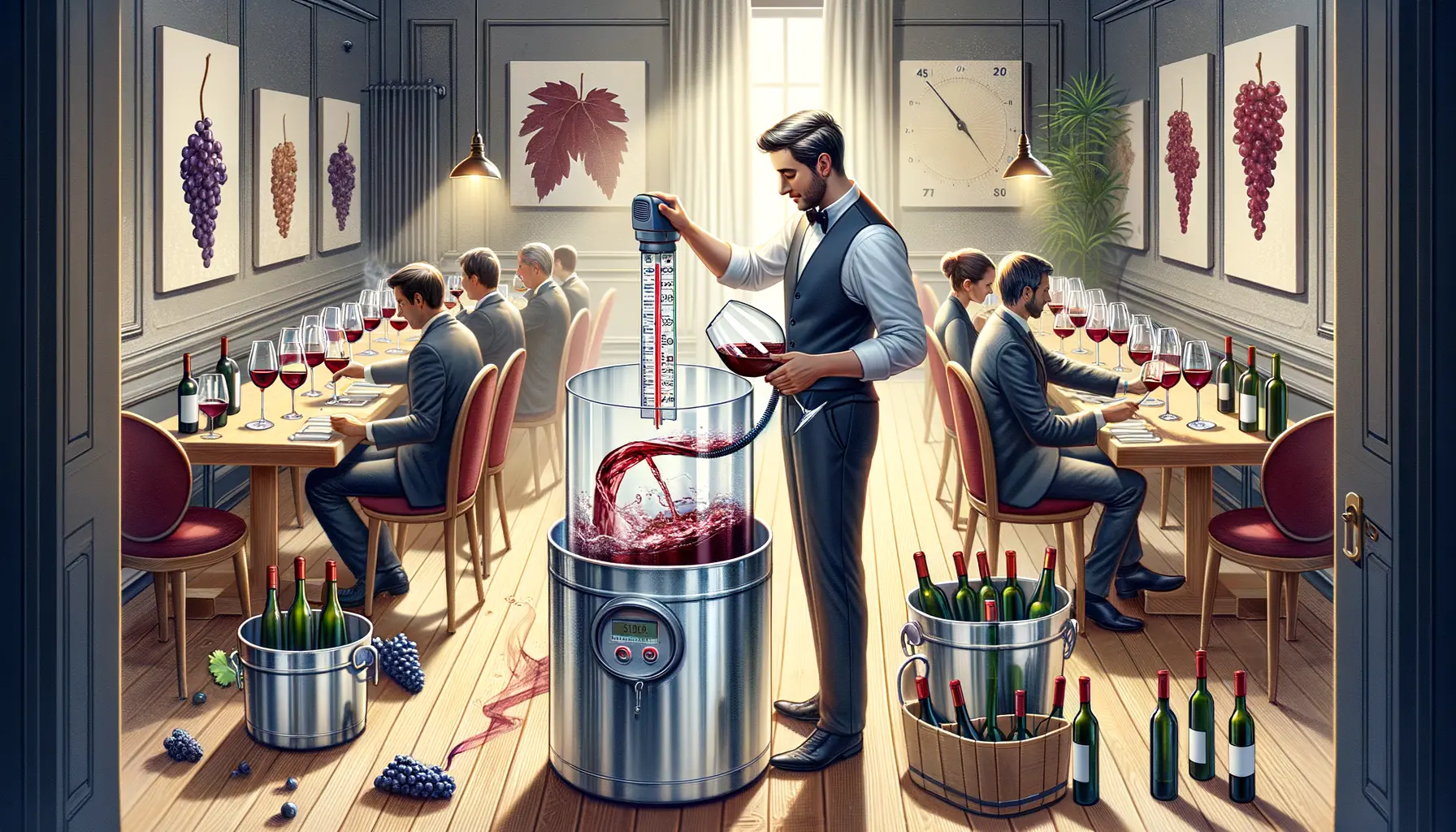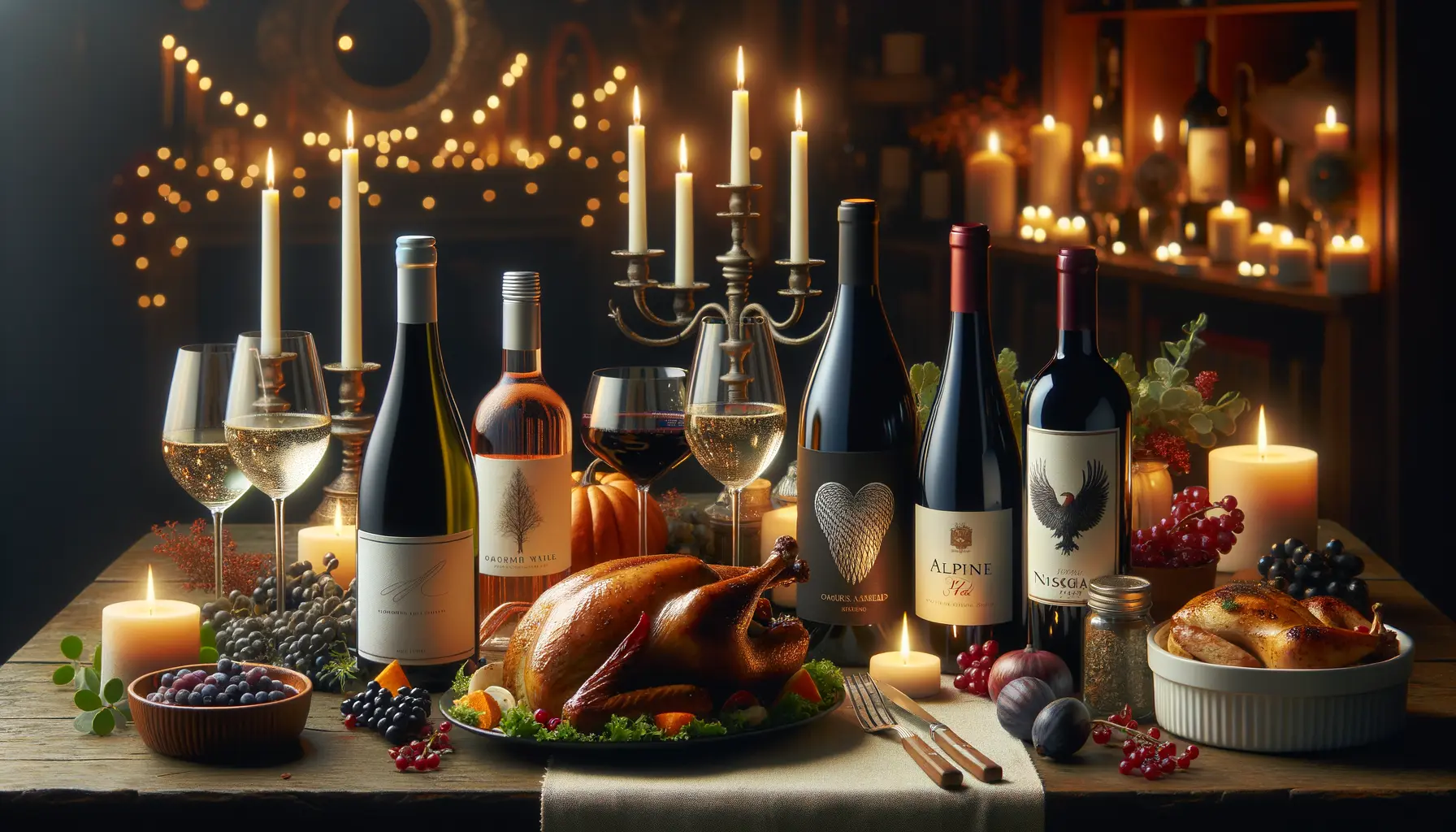
Serving red wine at the correct temperature enhances its flavors, balances its elements, and turns an average drinking experience into a remarkable one. For newcomers in wine investing and enthusiasts looking to elevate their enjoyment, understanding the nuances of red wine temperatures is key. Below is a comprehensive guide to mastering this art.
Understanding Red Wine Temperatures: The Basics
- Light-bodied or ‘Chillable’ Reds: Wines like Pinot Noir, Gamay, and Schiava benefit from being served cool. Aim for a temperature range of 12-13°C (54-56°F), or even as low as 10°C.
- Medium-bodied Reds: Wines such as certain styles of Rioja typically do well between 14 and 16°C (57-61°F).
- Full-bodied Reds: Classics like Cabernet Sauvignon and Syrah need a slightly warmer temperature of 16 to 18°C (61-64°F) to accentuate their complexity and richness.
Debunking the Myth of 'Room Temperature'
The traditional advice to serve red wine at 'room temperature' can often mislead due to subjective interpretations and varying home climates. Historically, ‘room temperature’ referenced the cooler, drafty rooms of old European homes. Today, ambient conditions in most houses are far warmer. In the UK, for example, the average indoor temperature is now around 18°C (64°F), compared to 12°C (54°F) in 1966. In the US, living conditions often see thermostats set at 20°C (68°F) or higher, exceeding ideal wine temperatures.
Identifying When Wines Are Served Too Warm
Serving red wine too warm accentuates undesirable characteristics such as excessive alcohol ‘heat’ and mutes freshness and acidity that enhance flavor balance. An experience with warm, ‘soupy’ red wine can be rectified by a short stint in the fridge or an ice bucket for 10 to 20 minutes.
Chilling Red Wines: When and Why
Lighter reds, particularly ones with minimal oak influence, can and often should be served chilled. Beaujolais and Valpolicella Classico are excellent examples of this. Experts like Peter Richards MW advise serving summer reds at 10°C-16°C (50°F-60°F), notably cooler than typical summer days. Thus, chilling can be a significant enhancement step.
Tools and Tips for Achieving the Right Temperature
Precision tools like wine fridges or wine thermometers offer the most control in serving temperature. However, simple actions like adjusting room temperature and using one's hand to warm the wine glass slightly are effective manual solutions. It's essential to monitor temperature variations throughout consumption to maintain wine quality, as noted by sommelier Xavier Rousset, since wines can warm up quickly in the glass.
Elevate Your Wine Investing and Enjoyment Experience
Choosing the right serving temperature is a small but impactful detail that enhances the entire wine experience. For those ready to explore more and possibly invest in prestigious wines with optimal conditions, there’s an open invitation to join Quincy’s secure wine storage and provenance solution at Quincy.




